Classifying Vertebrates Worksheet
Are you a teacher or parent in search of a comprehensive and engaging resource to teach your students about classifying vertebrates? Look no further! This blog post introduces a highly informative worksheet that focuses on this fascinating subject.
Table of Images 👆
More Other Worksheets
Kindergarten Worksheet My RoomSpanish Verb Worksheets
Cooking Vocabulary Worksheet
DNA Code Worksheet
Meiosis Worksheet Answer Key
Art Handouts and Worksheets
7 Elements of Art Worksheets
All Amendment Worksheet
Symmetry Art Worksheets
Daily Meal Planning Worksheet
What are vertebrates?
Vertebrates are animals that have a backbone or spine made of a series of individual bones called vertebrae. This group includes animals such as mammals, birds, reptiles, amphibians, and fish. Vertebrates are characterized by their internal skeleton, which provides support and protection for their bodies.
How are vertebrates classified?
Vertebrates are classified into five classes based on their skeletal characteristics: mammals, birds, reptiles, amphibians, and fish. These groups are further divided into orders, families, genera, and species based on shared physical and genetic traits, evolutionary history, and ecological niches. Overall, the classification of vertebrates is determined by their anatomical features, genetic relationships, and evolutionary history.
What are the major groups of vertebrates?
The major groups of vertebrates include fish, amphibians, reptiles, birds, and mammals. These groups are categorized based on their unique characteristics, habitats, and evolutionary history as animals with a backbone and spinal column.
How do mammals differ from other vertebrates?
Mammals are a class of vertebrates that are characterized by the presence of mammary glands, hair or fur on their bodies, and the ability to regulate their body temperature internally. These traits set them apart from other vertebrates such as fish, amphibians, reptiles, and birds. Additionally, mammals give birth to live young (with the exception of monotremes like the platypus and echidna) and typically care for their offspring, providing them with milk from their mammary glands.
What are some characteristics of birds?
Birds are characterized by feathers, a beak or bill, hollow bones, high metabolic rates, and the ability to lay eggs. They have adaptations for flight, such as strong chest muscles and a lightweight skeleton. Birds also have a four-chambered heart, a highly efficient respiratory system, and exhibit a wide range of behaviors and vocalizations for communication and courtship. Additionally, they are warm-blooded animals with the ability to regulate their body temperature.
How are reptiles different from amphibians?
Reptiles are different from amphibians in several ways: reptiles have dry, scaly skin and rely on lungs to breathe, while amphibians have moist, permeable skin and can breathe through their skin or lungs. Additionally, reptiles lay eggs with shells, while most amphibians lay eggs without shells. Reptiles are cold-blooded and have a more advanced reproductive system compared to amphibians, which are also cold-blooded but often lay eggs in water.
What features distinguish fish from other vertebrates?
Fish can be distinguished from other vertebrates by their gills for breathing underwater, fins for swimming, scales covering their body, and the presence of a swim bladder to control buoyancy. They also lay eggs that are fertilized externally, unlike most other vertebrates that reproduce internally. Additionally, fish have a lateral line system that detects water movement and vibrations, aiding in navigation and prey detection.
What are some common characteristics of all vertebrates?
Some common characteristics of all vertebrates include having a backbone or spinal column made of vertebrae, bilateral symmetry, a closed circulatory system with a heart, a well-developed nervous system with a brain enclosed in a protective skull, and typically paired appendages such as limbs or fins. Additionally, vertebrates have endoskeletons made of bone or cartilage, and most have a body covered in some form of protective outer layer, such as scales, feathers, or fur.
How do scientists classify and categorize vertebrates?
Scientists classify and categorize vertebrates based on their characteristics such as their skeletal structure, habitat, mode of reproduction, and genetic makeup. Vertebrates are further divided into five classes: mammals, birds, reptiles, amphibians, and fishes, with each class having defined characteristics that help in their classification and categorization within the animal kingdom.
How can the study of vertebrates help us understand evolution and biodiversity?
The study of vertebrates is crucial for understanding evolution and biodiversity as they provide a wealth of information on the biological and ecological processes that have shaped life on Earth. By examining the diverse physical, physiological, and behavioral adaptations seen in vertebrates, scientists can trace the evolutionary history of different species and understand how they have adapted to their environments over time. Furthermore, the study of vertebrates allows us to explore the complex relationships between different species and ecosystems, providing insights into the factors that contribute to biodiversity and the conservation of natural habitats.
Have something to share?
Who is Worksheeto?
At Worksheeto, we are committed to delivering an extensive and varied portfolio of superior quality worksheets, designed to address the educational demands of students, educators, and parents.

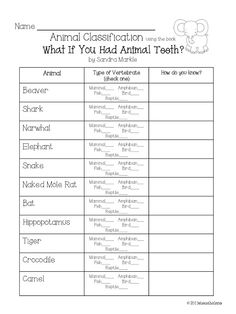



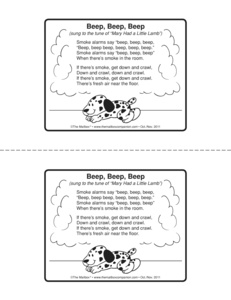
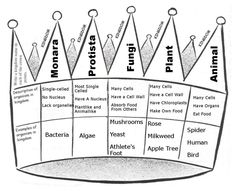
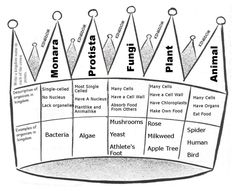
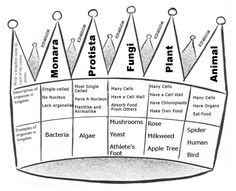
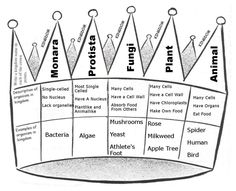
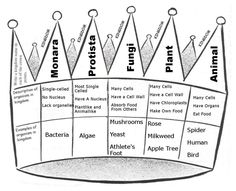
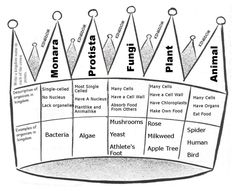
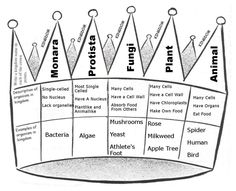
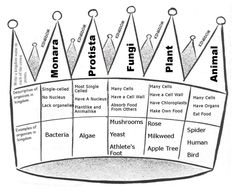
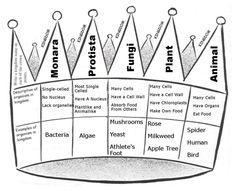
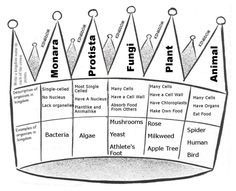
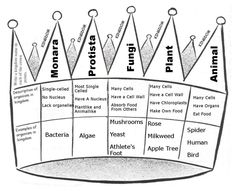














Comments